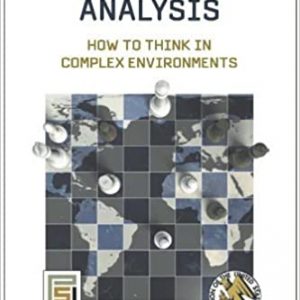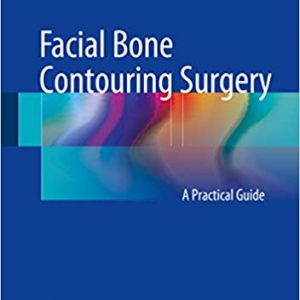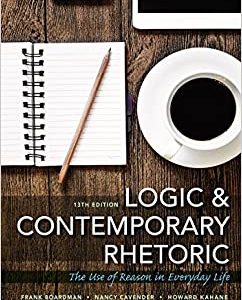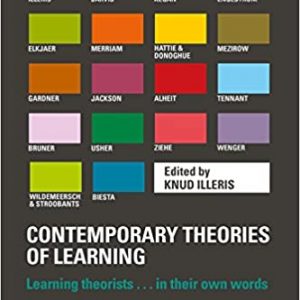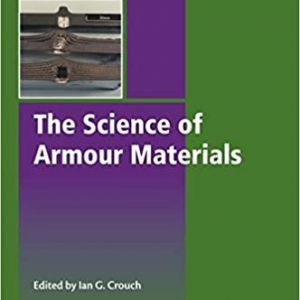Prepared by the Task Committee on Urban Aerodynamics of the Environmental Wind Engineering Committee of the Technical Council on Wind Engineering of ASCE. Urban Aerodynamics: Wind Engineering for Urban Planners and Designers introduces the basic tools and technology used by engineers to determine the effects of wind on city streets and structures. Familiarity with the fundamentals of urban aerodynamics offers many advantages to city planners and urban designers, most especially the opportunity to incorporate quantitative techniques into the design and development process. This volume traces the historical development of wind engineering techniques leading up to today?s use of boundary layer wind tunnel studies and computational fluid dynamics assessments. Examples show the application of wind engineering to address urban issues such as pedestrian-level wind control, design for hurricane shelter, urban summer breeze penetration, winter wind shielding, the natural ventilation of buildings, and dispersion of airborne pollutants. Current tools and techniques for both qualitative and quantitative assessment of urban wind effects are reviewed, and an extensive list of references is included. This book is a compact essential reference for city planners, urban designers, and architects, as well as structural and wind engineers.
Urban Aerodynamics: Wind Engineering for Urban Planners and Designers
Author:
ASCE?s Task Committee on Urban Aerodynamics
By:
Amer Society of Civil Engineers
ISBN10:
0784411794
ISBN13:
9780784411797




